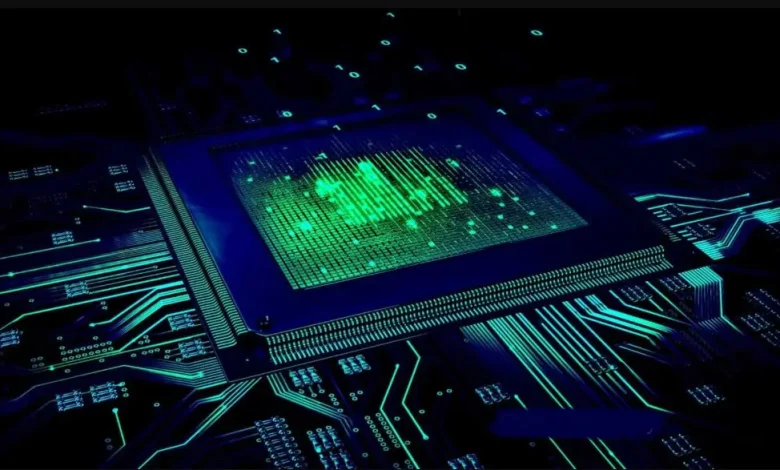What is cache memory and why is it needed?

You already know from the above title what we are going to discuss today. So without further ado, let’s go to today’s discussion. You can find out in this post. What is cache memory? Where is cache memory? Why is cache memory necessary?
Explore the essentials of cache memory! Learn how it boosts your computer’s speed, enhances performance, and manages data efficiently. Boost your tech know-how today!
What is cache memory?
When a program is executed or data is processed on a computer. Then that data or information and data come to the secondary memory and are stored in the main memory, or RAM. Then this data from RAM is transferred through the CPU register. This process takes a lot of time. As a result, the computer works very slowly. Cache memory is used in computers to avoid this slow speed.
Cache memory works at high speed within the main memory, i.e., CPU. This memory resides between RAM and CPU. Cache memory acts as a buffer between CPU and main memory. Cache memory is a temporary memory. That is, data is not always stored in this memory. As long as the computer is on, the data remains in the cache memory. This data disappears as soon as the computer is shut down.
Essentially a data bar when needed to work. Then that data cache memory maintains the speed of the computer. When the computer needs to work with any data, the CPU first looks for that data in the Cache memory to see if this data can be found in the Cache memory or not. If not found in cache memory, then find in RAM.
Cache memory size
Cache memory size is very small compared to all other memories. Cache memory size is less than register memory. The size of cache memory in a typical computer ranges from 256 KB to 4 MB. However, the size of cache memory is very large in supercomputers.
From the figure below, you can understand which memory has the largest size and speed.

How does cache memory work?
When the CPU needs any data or program, the CPU first searches for that data in the L1 Cache. If L1 cache doesn’t find that data, then L2 cache finds it. Thus reaching the L3 cache to find the data. When data is searched by the CPU, it is called a “cache hit.”. And if the data is not searched by the CPU, then it is called “Cache Miss.”.
If the data is not found in the cache memory, the data is searched in the main memory, i.e., RAM. If data is not found in RAM memory, then it is searched in secondary memory, i.e., the hard disk.
Cache is a type of memory
Cache memory in computers is divided into different levels. This level is divided by the CPU to access data from the cache memory. Cache memory is located closest to the CPU. This memory works very fast. But, its size is very small. Cache memory is generally of three types. It is discussed below.
Level 1 or L1 Cache
L1 Cache is attached to the CPU chip. The speed of this memory is the highest because it is connected to the chip of the CPU. CPU clock speed and L1 cache clock speed are almost same. It works as CPU Cache in most computers. All the data that is needed again and again is stored here. L1 cache size is the smallest. This size ranges from 64 KB to 1 MB. The best example of L1 cache is the address register.
Level 2 or L2 Cache
Like L1 cache, L2 cache resides on the CPU chip. But it does not reside in the CPU core. That is, it is a separate chip between the CPU and the RAM chip. When the CPU searches for a recorded instruction or any data in the L1 cache, if the data is not found in the L1 cache, then it searches in the L2 cache. That’s why L2 cache is called secondary cache.
L2 cache size is larger than L1 cache. The size of this cache ranges from 64 KB to 6 MB. L2 cache also works at high speed. L2 cache processing prevents the computer from slowing down when the main system is overloaded with traffic.
Level 3 or L3 Cache
The size of L3 cache is much larger than L1 cache and L2 cache. But its speed is less than L1 cache and L2 cache. It is used to speed up processing operations. Increases the speed of L1 cache. The speed of L3 cache is twice that of RAM. The memory size of L3 Cache usually ranges from 3 MB to 64 MB.






![Get Proxifier License Key for LIFETIME [Windows Only] 14 Proxifier License Key](https://99togelsgp.com/wp-content/uploads/2024/04/Get-20Proxifier-20License-20Key-20for-20LIFETIME-20-5BWindows-20Only-5D-390x220.jpg)


